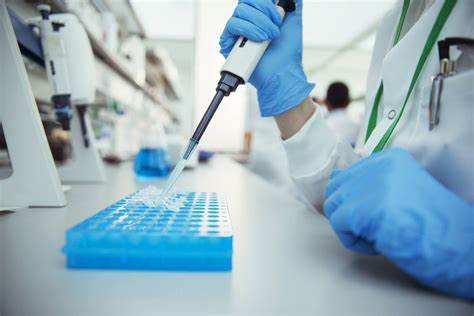
Laser-cooling can bring down the size of MRI machines that use liquid helium for extreme cooling
Singapore: A latest discovery by scientists from Nanyang Technological University (NTU) in Singapore related to cooling systems holds much promise for the medical devices segment. The proof that a semiconductor can be laser-cooled can help reduce the size of medical devices that require cooling. For example, it can make huge Magnetic Resonance Imaging (MRI) machines more compact and energy-saving.
This discovery, published in Nature, of a cooling system that uses laser instead of refrigerant harmful to the ozone layer could also potentially lead to a host of other innovations.
Assistant Professor Xiong Qihua from the School of Physical and Mathematical Sciences and the School of Electrical and Electronic Engineering cooled down a semiconductor from 20 degrees celsius to minus 20 degrees Celsius with laser. Before this, the cooling of semiconductors by laser has never been proven.
The material, Cadmium Sulfide, is a type of group II-VI semiconductor commonly used in solar cells, sensors and electronics.
"If we are able to harness the power of laser cooling, it would mean that medical devices which require extreme cooling, such as MRI which uses liquid helium, could do away with their bulky refrigerant systems with just with an optical refrigeration device in its place," Prof Xiong said.
Prof Xiong, who leads a research team of 25 people including three undergraduates, is now looking to bring laser cooling down to liquid helium temperature at minus 269 degree Celsius. This is because in principle and theory, semiconductors can support laser cooling down to such a low temperatures.
"Our initial results published in Nature, have shown that it is possible to laser-cool a semiconductor to liquid nitrogen temperature, so we are aiming to reach an even lower temperature, such as that of liquid helium," said Prof Xiong, who had directed the research efforts of his researchers Dr Zhang Jun and PhD student Li Dehui towards this new area.
This experiment which took three years to complete was funded by NTU, Prof Xiong's National Research Foundation Fellowship grant and the Ministry of Education Academic Research Fund.




